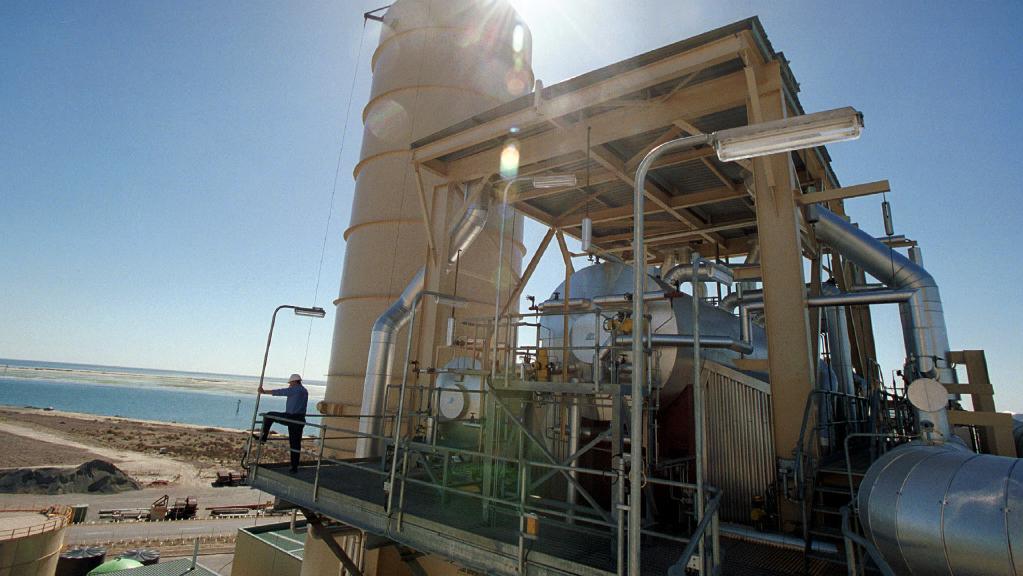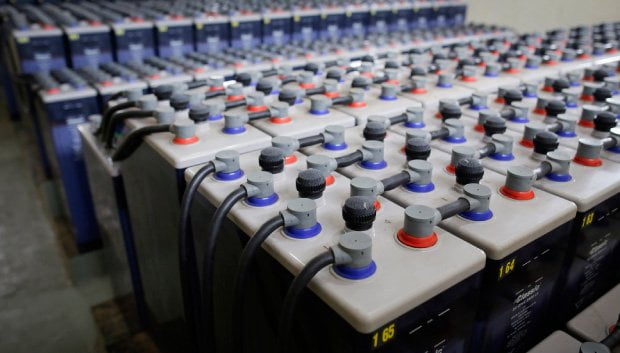
Australia can only regain its status as a low-cost energy nation if radical changes are made to market rules and if new technologies are embraced, managed and developed.
The statement was made by two of Australia’s key energy institutions – the Australian Energy Market Operator and the Australian Renewable Energy Agency.
Addressing the house in a parliamentary inquiry in Canberra, new AEMO chief executive Audrey Zibelman said that Australia used to have low cost energy, but that had “obviously changed”. She told parliament that the question that begs answering is: “How do we use the resources we have to get back to that level of affordability?”

The AEMO chief said the answer lies in technologies like battery storage and common sense solutions such as demand management and, most importantly, a new set of market rules. In a damning statement, she said: “What we need is to think how to get these opportunities into the market. We are operating 20th Century power system trying to keep pace with 21st Century change,” Zibelman said.
Both AEMO and ARENA have been highly critical of the slow pace of reform of Australian energy market rules, the Australian Energy Market Commission (AEMC) and the COAG energy ministers.
In its submission to the parliamentary inquiry into a modern electricity system, AEMO said that Australia’s regulatory framework was stuck in the past and not sufficiently forward-looking to meet the needs of the “paradigm shifts” the National Electricity Market was undergoing.
Battery storage, demand management must be embraced and developed

In particular, AEMO and ARENA want rule changes that can encourage battery storage and demand management, and that will address the over-investment in poles, wires and generators that are responsible for Australia now having some of the highest electricity prices in the western world.
The AEMC, however, has been sitting on both these proposals. The request for demand management incentives made way back in 2012 have stalled, and it is still considering a request for a change to a 5-minute settlement rule, which would encourage battery storage, nearly two years after it was originally made.
The AEMC, appearing at the same inquiry, conceded there had been delays because of the “complexity” of the issues, but said the biggest problem was the lack of clarity over emissions targets.
Zibelman said answers to questions about emissions would be helpful, but urged players to concentrate on the pressing issues at hand, saying: “There are other things we need to start talking about.”
Plethora of new ideas need to be turned into tangible energy projects
She cited the push by South Australia and Victoria into battery storage, but also noted that “lots of innovators” were coming to AEMO with new ideas.
“What we need is to think how to get these opportunities into the market. We are operating 20th Century power system trying to keep pace with 21st Century change,” Zibelman said. “The question for us is – given that rate of change, of customer preference and customer security – what changes need to be made, and have to be made?”
She cited demand management, where new market incentives could allow consumers to be paid $50/MWh to not use power at certain times, rather than having to pay $10,000/MWh when supply is tight.
AEMO and ARENA, frustrated by the snail’s pace of AEMC rule-making, last week launched their own pilot scheme to install 100MW of energy in Victoria and South Australia by this summer, “to show it can be done”.
Energy generators only operating at an average of 50% of total capacity

Zibelman says Australia’s energy market structure meant that on average the power stations that supply the grid were operating at only around 50% capacity. That’s because so much extra capacity – mostly gas and diesel plants – had to be built historically to meet several hours of peak demand each year. In other words, they were built to fill the gap, meaning that they could sit on their hands for most of the trading year and then just fire up when demand peaks.
They basically “sat around waiting for a hot day” and then tried to recoup a year’s worth of revenue in just a few hours of generation. Because demand is high, the power plants could then charge astronomical prices.
“It’s like building a hotel and deciding you are only going to fill it on Anzac Day,” Zibelman told the inquiry. “You probably won’t build it. We should be creating a market that is more efficient, so we don’t need to have new generators that have to get one year’s revenue in 10 hours.”
“That’s what we’re talking about when we say we should be rethinking the grid and making it more efficient. You need to work out how to build a grid that doesn’t have to build resources for few hours a year, which tends to be very expensive.”
Four key changes to energy sector needed – ARENA Chief tells parliament
ARENA boss Ivor Frischknecht said rule changes are needed in four key areas in the energy sector.

- One was a shorter settlement period – to the 5 minute period now being considered. “Even shorter would be better,” he said.
- Another was changing rules that do not penalise storage and drainage of renewable sources, the full cost of which is then passed on to the network. An example is a large-scale solar plant charging and then discharging batteries and then taking payment for doing so. He said transmission and distribution costs needed to be “truly cost reflective” rather than being “smeared” across the sector.
- The third was on demand management initiatives such as demand response. “There is inadequate regulation.”
- The fourth was on inertia in the market, normally delivered “free” by turbines (coal, gas or hydro), but which now needed a market signal to encourage wind and solar farms to deliver the same service.
Frischknecht estimated that the total back-up costs for a high renewable energy grid – which he said was clearly achievable – would be between $20/MWh and $40/MWh.
About Leading Edge
Leading Edge Energy is an energy cost reduction consultancy. We assist our clients by applying a holistic lens to your energy costs whereby we guide you through the complete energy cost reduction cycle from rates minimization to energy efficiency, solar generation and battery storage.
Our initial review and assessment process is a complimentary service and you are not obliged to accept any offer that we recommend to you.
Call us today on 1300 852 770 or visit our website to get a quote













